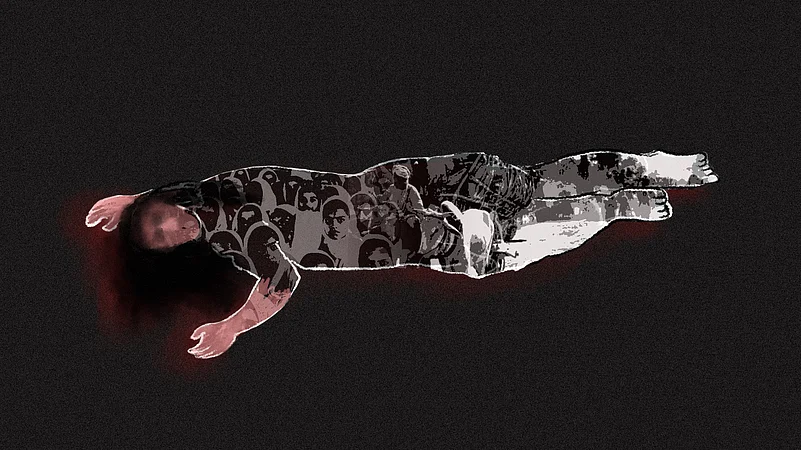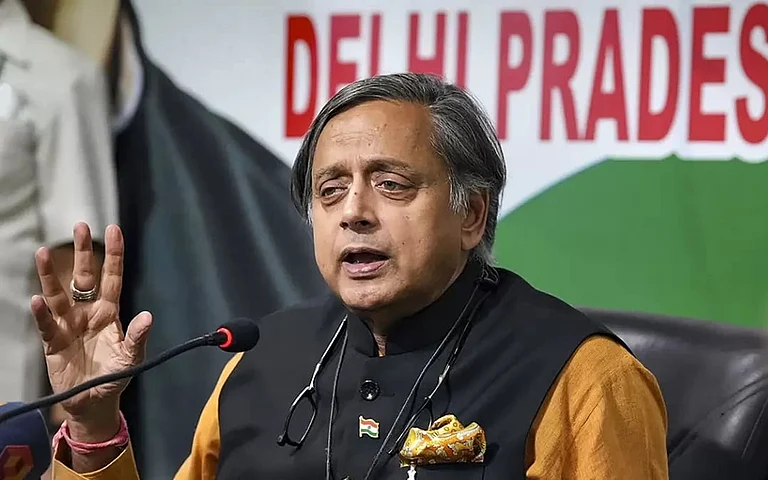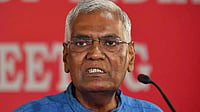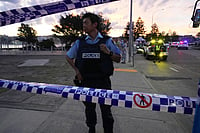When the British left India, the subcontinent descended into turmoil. As many as 14 million people were reported to have been displaced during the Partition of India, which saw widespread terror, communal violence, and loss of life.
Amid this, the violence inflicted on women stands out. During this time, it is estimated that between 75,000 and 100,000 women were kidnapped, raped, sold into prostitution or forced into marriage.
Between March and August of 1947, thousands of years of cultural coexistence between the Hindus, Sikhs and Muslims fell apart, resulting in insensate riots and mass exodus of people on both sides of the Radcliff line – the borders established to separate India from West and East Pakistan. The villages of Rawalpindi and Multan in Punjab were among the worst hit by the massacre.
In November 1946, hundreds of women were raped in pre-partition riots in Calcutta and Noakhali that set the stage for communal disturbances in Bengal. Married Hindu women were reportedly stripped of their sindur (vermillion) and shankhas (conch shell bangles) and forced to recite the kalma.
Authors, historians and poets have written many articles, research papers and books on brutality against women during Partition. One of the most renowned works around this is Urvashi Butalia’s ‘The Other Side of Silence’, in which the author unfolds the layers of partition memories through untold stories of women who witnessed and survived the massacre. It was among the first major works to exhume the personal trauma of Partition through sensitive accounts of smaller, often invisible players.
Butalia herself was born into a family of refugees like many other Punjabi families and grew up listening to the frightful stories of Partition – the loot, arson, rape and murder – from her mother who came from Lahore.
The systematic violence on women’s bodies was not limited to rape and murder. British author Yasmin Khan in her book The Great Partition: The Making of India and Pakistan, writes, "Rather than being raped and abandoned, tens of thousands of women were kept in the ‘other’ country, as permanent hostages, captives, or forced wives; they became simply known as ‘the abducted women'."
In Amritsar, there are reports of Punjabi Muslim women being paraded naked, and then publicly raped and set on fire.
Ritu Menon and Kamla Bhasin in their book Borders and Boundaries: How Women Experienced the Partition of India, narrate how women’s bodies were tattooed with the religious or political symbols of their attackers, as if the women’s bodies were living trophies of war.
The perceived loss of izzat or honour of women who underwent the unspeakable violence could trigger an even more painful violence. Menon and Bhasin write, “Husbands, fathers, brothers and even sons, could turn killers” as they sought to eliminate any chance of dishonour being thrust upon their family name and religion.
The shame that women encountered during the 1947 atrocities also led many to suicide. In Thoa Khalsa, Rawalpindi, as many as 90 women died by jumping into a well. This was widely reported by the publications of the time, including The Statesman, which in its report compared it to the Hindu tradition of Sati. Similar stories were reported in Bihar.
Butalia points out in an article for the Economic And Political Weekly in 1993 that many experiences of women and children have remained shrouded in silence. “We know little about the women who took their own lives, or about those who 'offered' themselves up for sacrifice, and of how they arrived at such decisions. Equally, we know little of how many women actually wanted to be 'rescued', how many were ready to face a second trauma, a second dislocation, and what their feelings were about the larger discourse that occupied the space around them, the discourse on 'nationhood', the state, on 'freedom',” she writes.
On December 6, 1947, an Inter-Dominion Conference was held at Lahore in which India and Pakistan agreed to take steps for recovery and restoration with the appointment of Mridula Sarabhai as chief social worker.
Years after Partition, a large number of young girls and women went on to educate themselves and enter the workforce to support their families who were displaced. Some have come out to tell their stories while others may forever remain in silence.


























